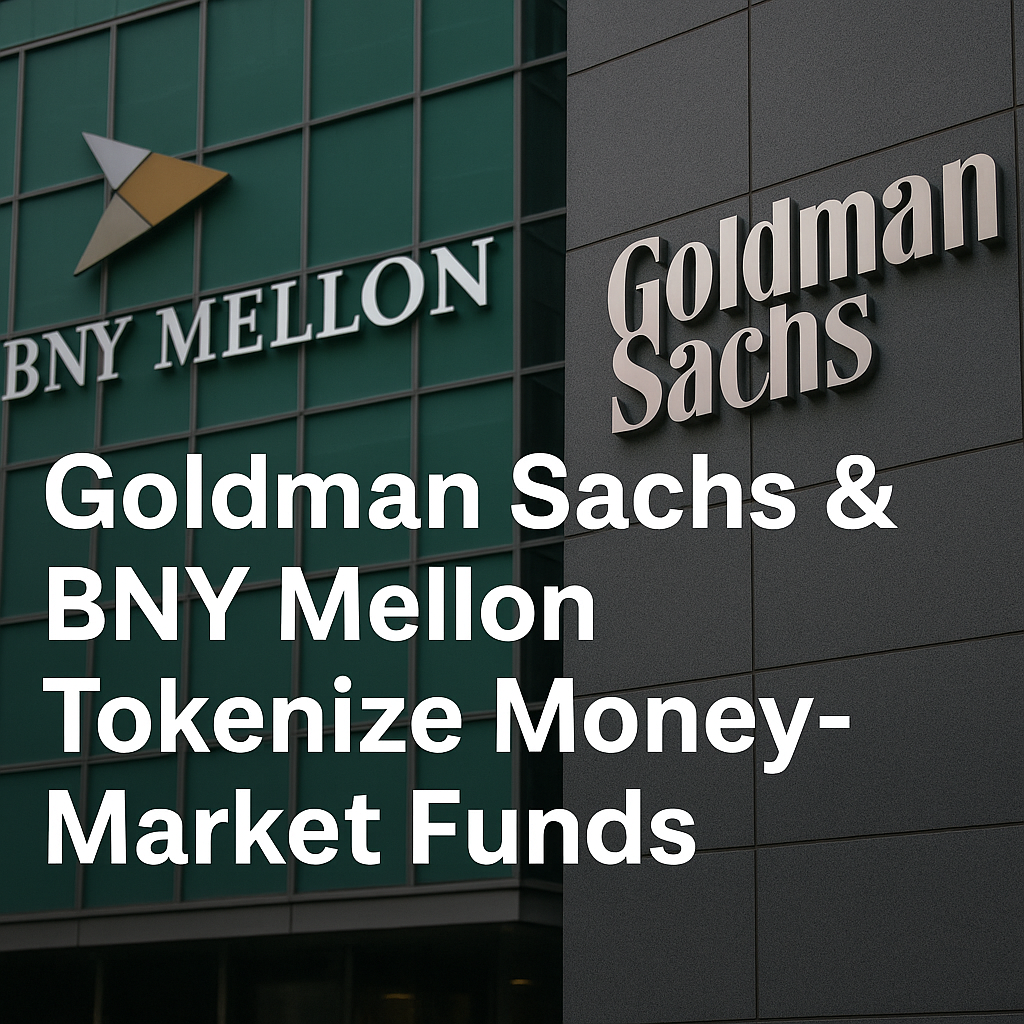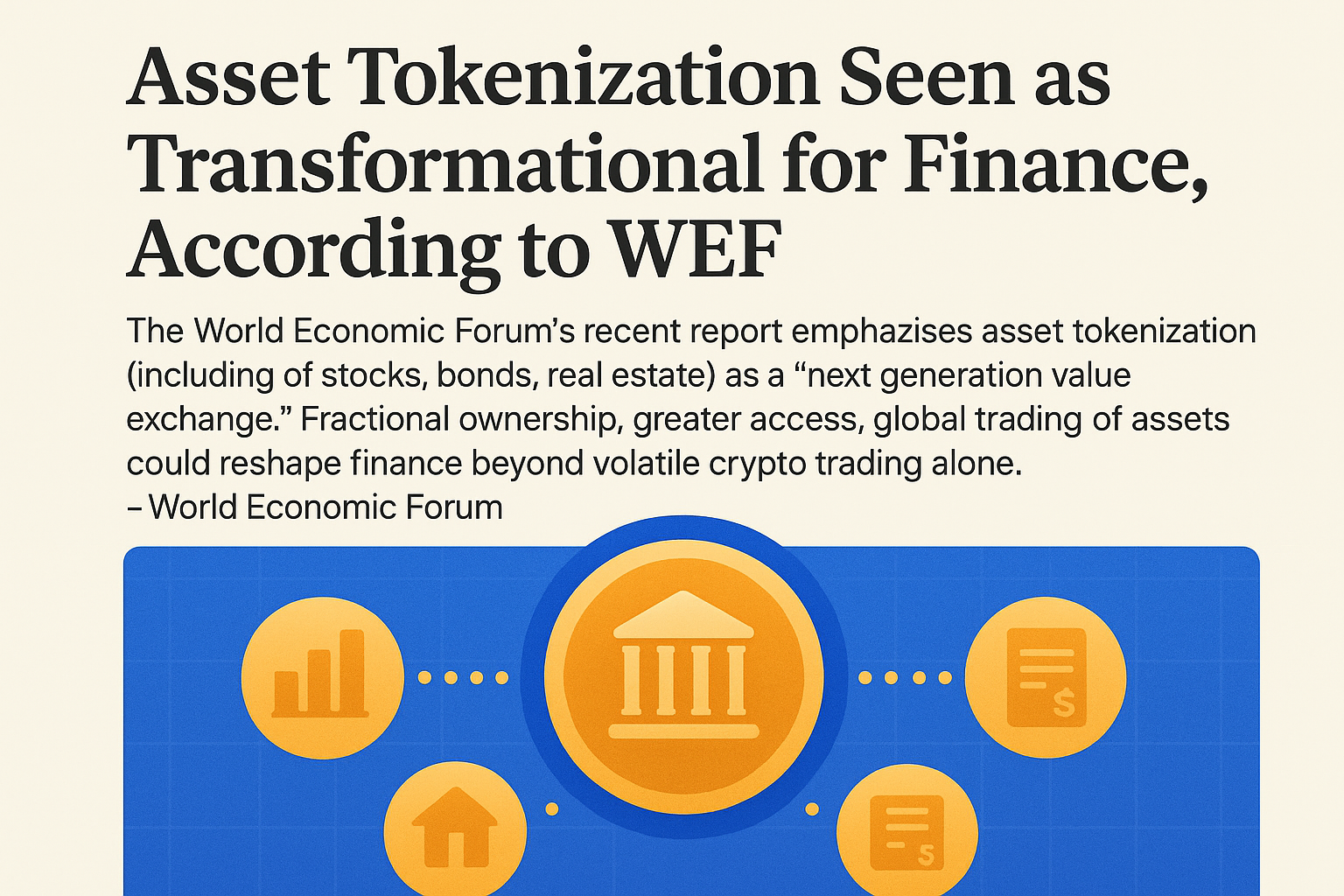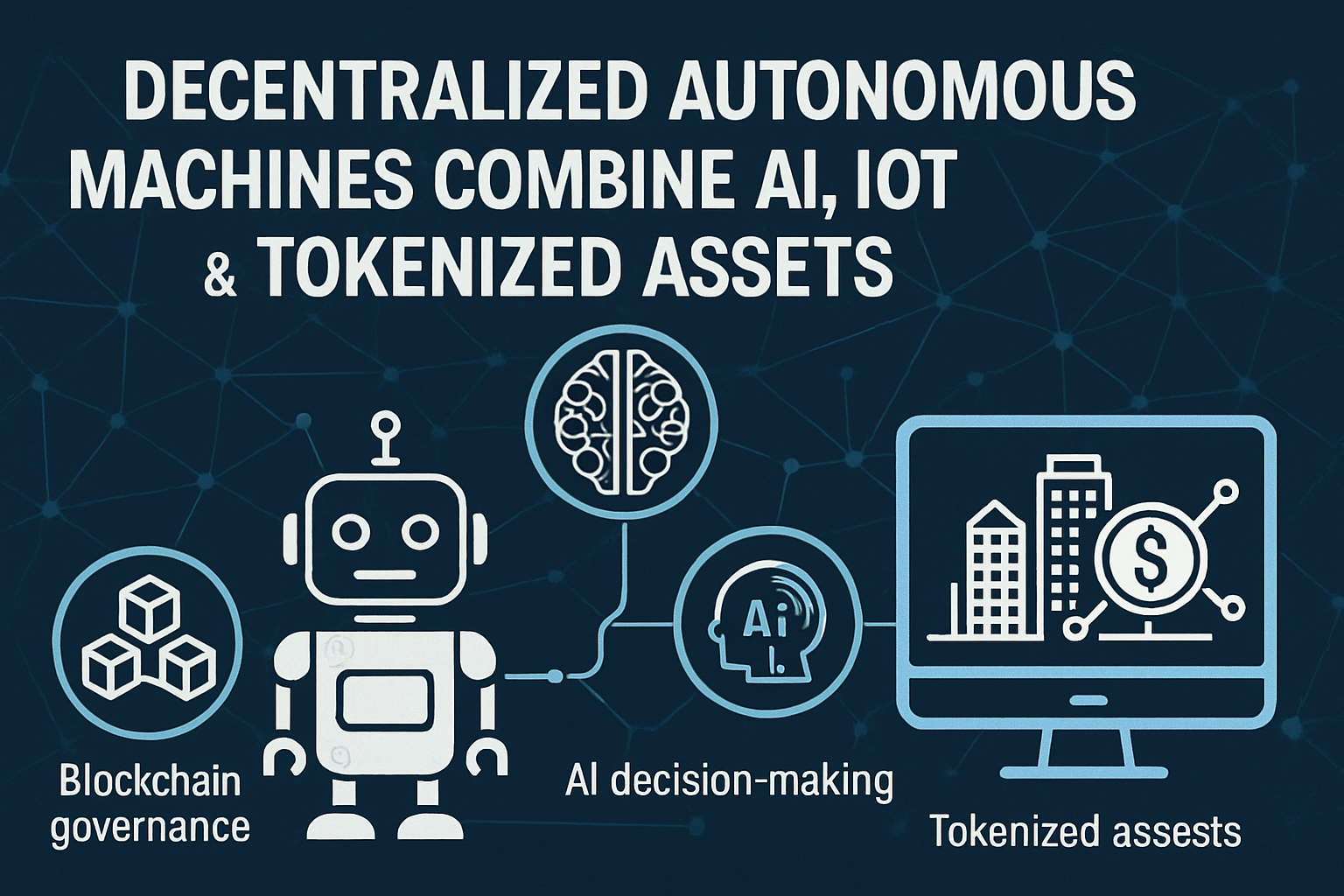In a landmark move set to reshape the future of traditional finance, Goldman Sachs and BNY Mellon have announced the tokenization of money-market funds—bringing one of Wall Street’s most conservative investment vehicles onto blockchain rails.
For decades, money-market funds have been a bedrock of institutional finance, offering liquidity and safety with minimal yield. But in a financial world increasingly influenced by decentralized technologies, even the most stable instruments are being reimagined. Goldman Sachs and BNY Mellon, two titans of global banking, have now joined forces with BlackRock and Fidelity to digitize these funds through blockchain.
The initiative aims to bring significant enhancements to legacy financial infrastructure, including:
-
Reduced Settlement Times: Blockchain’s transparent and immutable ledger allows transactions to settle in near real-time—eliminating the delays and inefficiencies of traditional back-office systems.
-
Fractional Ownership: Tokenization allows assets to be broken down into smaller units, enabling broader investor access and potentially increasing market liquidity.
-
24/7 Access: Traditional financial instruments are often bound to business hours. Tokenized assets can be traded globally and around the clock.
Why This Matters
At first glance, tokenizing money-market funds might seem like a quiet evolution rather than a revolution. But this marks a pivotal shift: institutional adoption of blockchain is no longer hypothetical—it’s operational. The participation of BlackRock and Fidelity, alongside Goldman and BNY, underscores growing consensus that digital ledgers are not just for cryptocurrencies—they’re becoming core to how finance will work in the future.
According to AP News, over $1 trillion sits in money-market funds globally. Converting even a fraction of this into tokenized form could catalyze new layers of innovation across custody, compliance, and real-time reporting. The Financial Times reports that the pilot programs are already reducing back-office workload by double-digit percentages. Meanwhile, The Wall Street Journal points to a growing trend where institutions leverage blockchain not for speculation, but for infrastructure.
The Bigger Picture
This move comes amid broader global momentum toward real-world asset (RWA) tokenization. From real estate to carbon credits, blockchain technology is being used to wrap traditional assets into digital wrappers—making them more accessible, transparent, and programmable.
Money-market funds may be just the beginning. As regulatory clarity improves and the benefits of tokenization continue to materialize, we could see a wholesale reimagining of how capital flows—from pension funds to sovereign wealth vehicles—are managed.
In the words of a senior executive at BNY Mellon:
“Tokenization isn’t just about innovation—it’s about modernization. This is how we rebuild finance for the next century.”
Goldman Sachs and BNY Mellon’s tokenization of money-market funds is not a headline grab for crypto enthusiasts—it’s a signal to the entire financial world. The infrastructure of money is being rewritten, and legacy giants are choosing to lead rather than follow. For institutional investors, regulators, and retail market participants alike, the message is clear: the future of finance is digital, and it’s already here.




